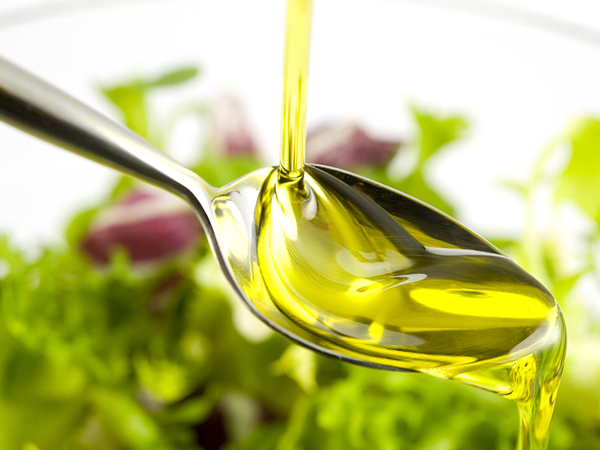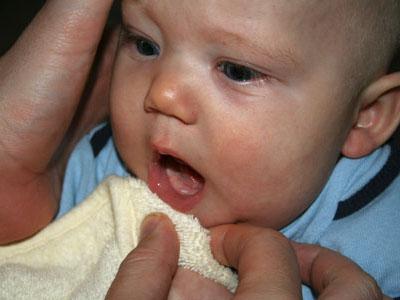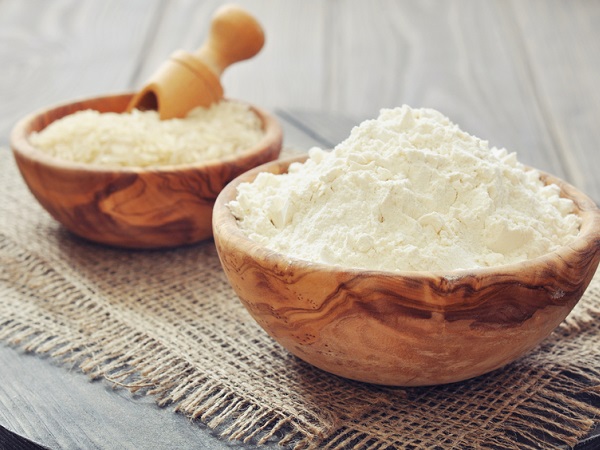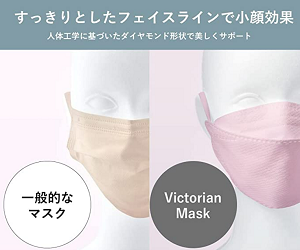Most fish experts agree that children should eat fish, but the important thing here is what fish to eat and how much is good.
Fish is a rich source of omega-3 fatty acids (especially DHA and EPA), important components for brain development and vision in children. Fish is also low in saturated fats but rich in protein, vitamin D and other nutrients. However, some fish contain certain pollutants such as mercury. With high levels, this metal will harm the development of the brain and nervous system of the baby.
Below are some guidelines to help mothers limit their baby's "access" to mercury but still ensure your baby absorbs all the nutrients they need.
How does mercury appear and exist in fish?
Mercury is everywhere, even in the air we breathe every day. Volcanoes, forest fires ... are one of the natural causes that create conditions for mercury to "travel" in the air. In addition, power plants, cement, chemical and industrial manufacturers are also responsible for mercury production. Thermostats and thermometers can also release mercury after each use.

Should the baby eat solids according to the self-directed method? Most mothers introduce their baby to solids at about 6 months of age and more and more mothers are ready to feed their babies with the self-directed method (BLW).
When mercury settles into the water, bacteria in the water will know it as a methyl mercury compound. Fish absorb methylmercury from water and the food they eat in their habitat. Methyl mercury binds with protein components in fish muscles and lives there, even when the fish has been cooked into a delicious dish.
Fish and shellfish (shrimp, crab, snails ...) all contain mercury, but large marine fish contain more mercury. Because these types of fish eat other fish that have also been soaked in mercury. At the same time, large fish often eat more and live longer, so there is conditions for mercury in them to accumulate more and more. In short, the larger the fish, the more mercury it contains.
What happens when your child eats fish high in mercury?
Our bodies easily absorb methyl mercury from fish, and this metal can wreak havoc on our brain and nervous system very quickly. Infants, including fetuses and young children, are the most susceptible to damage from methylmercury because their brains and nervous systems are still immature.
Experts are still arguing about the extent of mercury damage but most of them agree that it is best to avoid feeding your baby high-mercury fish and limit the use of some. The type of fish in your baby's diet.
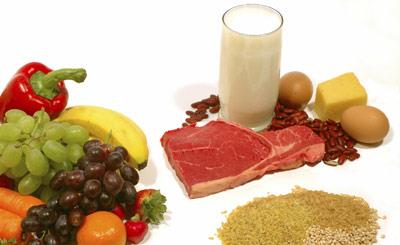
In addition to fish, you should pay attention to adding other food groups to your child's menu
So which types of fish have the highest mercury content?
In 2004, the American Food and Drug Administration released a joint consultation on mercury in fish. Accordingly, they identified 4 types of fish with high mercury content that children and women of childbearing age avoid using: shark, swordfish, mackerel and tilefish.
Several other experts and social organizations want to further expand this list. According to them, children from 2 to 6 years old should not eat fresh or frozen tuna, Chilean seabass, striped barramundi, marlin, Spanish mackerel, seabird ...
What fish should your child eat and how much is better?
In addition to the 4 above-mentioned high mercury fish and canned tuna, you can feed your child any type of fish and shellfish such as shrimp, salmon, catfish, and perch. Phi ... A week should only feed babies 2 times, each time about 300g for children from 1 to 2 years old, 450 grams for children 3 to 6 years old and 600 grams for children over 6 years old. Pregnant and lactating women should eat fish or seafood 2-3 times a week.
You should give your child the priority to eat salmon because salmon is the fish that can provide the most omega 3 for your baby.

So besides fish, what can your child eat to get more omega-3s?
There are actually quite a few foods that can help your child get more omega-3s like eggs, milk, soy products, juices, yogurts, breads, cereals and margarine. Some of them do not contain much DHA and EPA to help develop intelligence and eyesight, but if your baby has a small amount of DHA and EPA, it is also very good.




